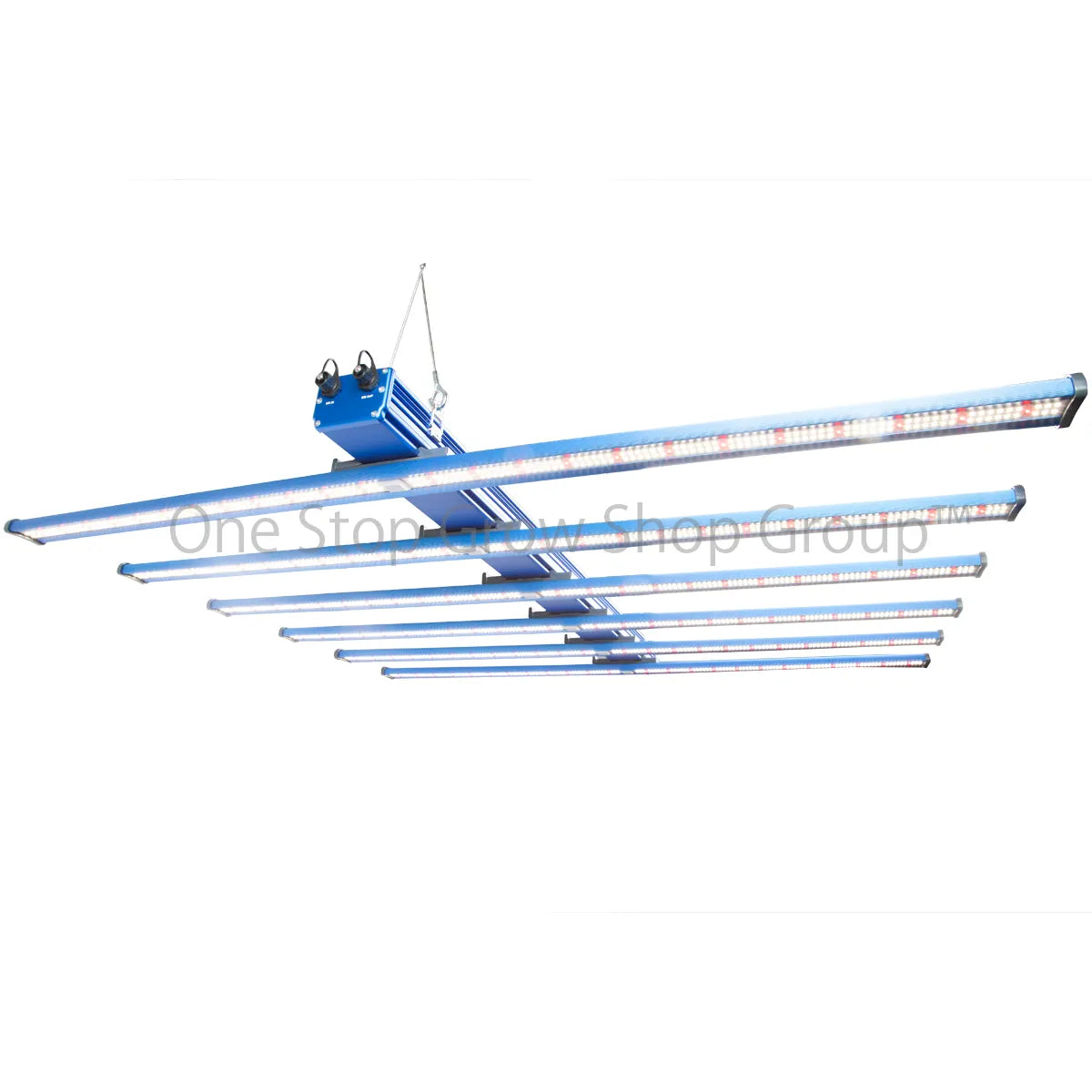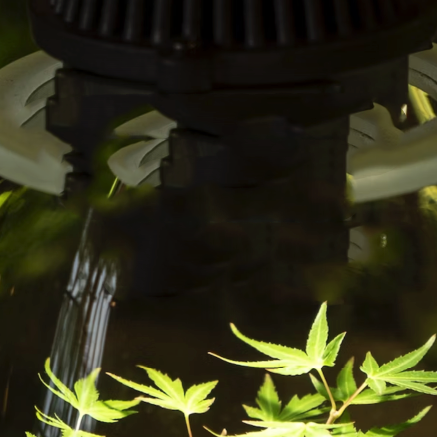Should You Change Your Reflector Regularly?
We set out to find out if there really is a difference between a brand new reflector and one that has had a year's use.
For many, many years the evergreen High Pressure Sodium (HPS) grow light has dominated the grow light market. Historically, watt for watt it has always been the most productive of all the types of plant lighting, reliably delivering higher yields than any of the other types.
Although LED grow lights have advanced a lot in recent years - even to the point where they challenge traditional HID grow lights, the stalwart HPS is still the most common type of grow light in use today. A 600 watt HPS lamp, reflector and ballast kit can be had for as little as £49.95. By comparison, a decent LED grow light of roughly the same wattage (that's actual wattage, not a manufacturer's claimed equivalent wattage!) will cost anywhere between £700 to £1600.
LED grow lights are very much plug and play - and they last for many years with little or no maintenance. However, for HID lights it's a slightly different story. It has always been accepted wisdom that HPS lamps lose their efficiency over time and that they should be replaced on a regular basis.
More recently, some manufacturers have been recommending that their HID reflectors should be replaced regularly too - about once a year. Their reasoning being that the heat and the intense light gradually degrades the reflective surface. Gavita themselves estimate that reflectors lose around 5% of their reflectivity per year.
For this test we used a Gavita Pro 1000w Grow Light Fixture comparing a new reflector to a used one with a full year's use under its belt. The Gavita Pro 1000w is a firm favourite with our customers which makes it a highly appropriate choice for this test. Gavita Pro Grow Light Reflectors are made using Miro™ and vega® aluminium which are among the very best reflective materials available. While naked aluminium has a reflectivity of around 87%, the optically enhanced coatings on the Gavita reflectors boosts reflectivity up to at least 95%.
The Gavita Pro 1000w grow light was hung at approximately 28". The brand new reflector was already fitted. The fixture was switched on and allowed to warm up and stabilise for 2 hours. The PPFD was then measured directly below the unit and recorded.
The unit was then switched off and the lamp allowed to cool (the lamp needed to be removed to change out the reflector. Once cool, the lamp was removed. The brand new Gavita reflector was taken off and the 12-month old one was fitted in its place. The lamp was re-fitted and the unit was switched on and allowed once more to warm up and stabilise for 2 hours. After this the PPFD was recorded in exactly the same spot.
The PPFD measured below the brand new reflector was measured to be 775 μmol/m2/sec.
The PPFD measured below the 12-month old reflector was measured at 730 μmol/m2/sec.
This is a loss of 45 μmol/m2/sec, or almost 6%!
At the light intensities that we are talking about here (i.e. below around 800 μmol/m2/sec) the relationship between light output and crop yield is pretty much linear. In other words, a reduction in light intensity of 6% will translate to a drop in crop yield of about 6%. Now that's a lot!
Can you afford to lose 6% of your yield when the cost of replacing your reflector may only be (in the case of the Gavita) around £29.95? If you grow high value crops then you could make back the cost of a new reflector on your first grow cycle with it. After that, it's all gravy!
If you've read this and realised your reflector needs replacing, look at the Adjust-A-Wings Avenger and it's baby brother the Enforcer. The unique materials they're made from offers up to 98% reflectivity, so not only will you get your 6% reflectivity back, you'll get more!
Happy Growing

